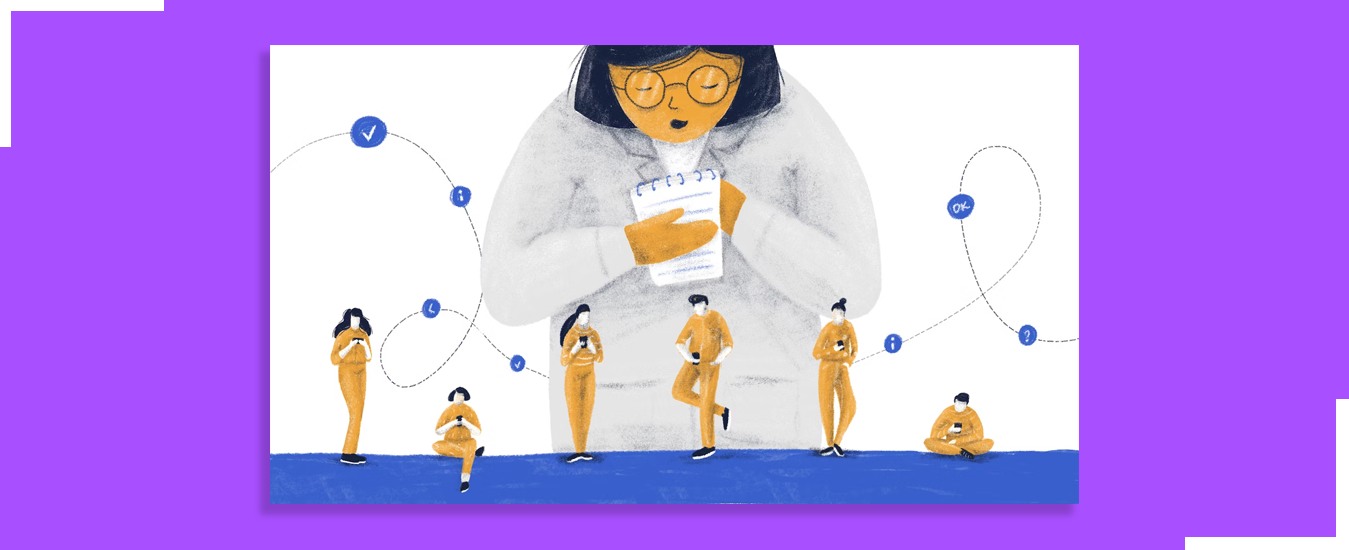Design validation is crucial to producing a simplified and engaging experience through effective user experience design. This process involves specialized tools, such as eye-tracking software or heat maps, which allow designers to understand how users interact with different elements on screen during their tests. Further, design validation tests provide valuable feedback based on user observations regarding potential improvements that could be implemented at every stage of the project lifecycle – from concept creation through production release.
Using a reputable UX agency for your design validation efforts brings many benefits, including improved efficiency, better accuracy, cost savings, among others. But how do you conduct effective design validation testing? Let’s take a look at some of the most practical methods for design verification testing that will provide sure-shot success!
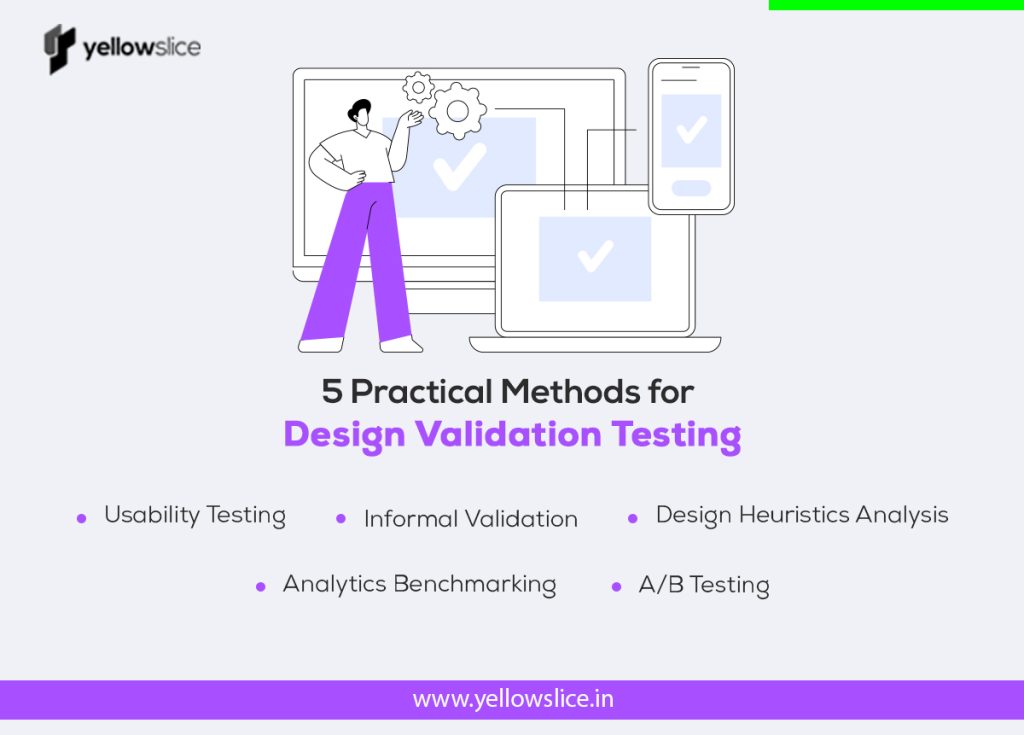
How can a UX Agency Help?
Hiring a reputable UX agency is beneficial when conducting design verification, as they help you evaluate best customer practices and identify any problems that might impact your project. As a result, you can uncover hidden flaws in the early stages of the development process – ultimately saving loads of time and money! Here’s how a UX agency can help you with design validation testing:
1. By Usability Testing and Ensuring User-Centric Design

Before we dive into how you can create successful product designs with usability testing and user-centric design, let’s understand what usability signifies and why it is a vital aspect of a compelling UX. Usability typically refers to how a consumer interacts with your product/services — and usability testing is a research methodology that analyzes a product to determine how easy it is to use.
When usability testing is conducted using the right strategies and methods, you can create a fantastic product that reflects your consumer needs. Understanding what your consumers want from a product/service and building around that to give them the best experience is user-centric design — and that’s where usability testing plays a significant role. It helps identify potential underlying issues, validate assumptions that may interfere with the product design, and help save time and money.
To conduct effective usability testing and ensure user-centric design, follow these eight steps:
- Create prototype
- Formulate a test plan
- Define your objectives & set goals
- Employ resources to recruit participants
- Create task scenarios and conduct interviews
- Analyze the test results & extra data
- Document the data collected
- Report your findings
2. By Informal Validation
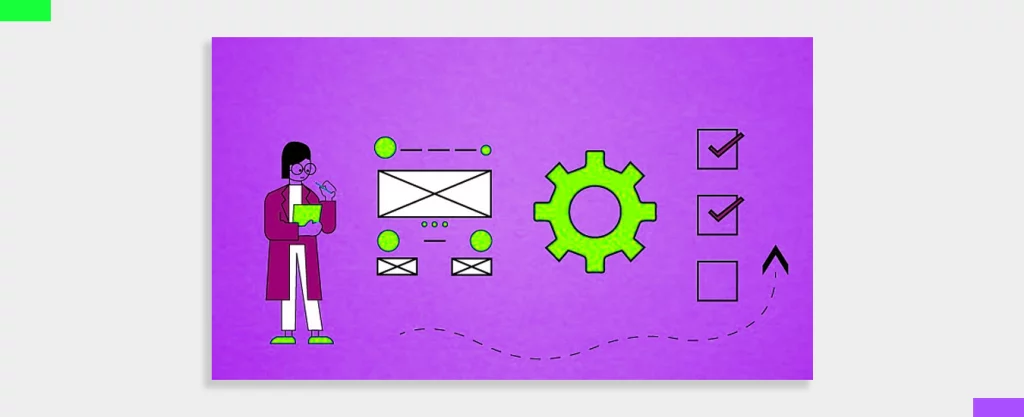
Informal validation typically involves asking actual users about their experiences with your product or service design without having to rely on surveys or focus groups (which are expensive and time-consuming). This informal way of testing is also referred to as hallway testing, wherein you monitor and talk to your colleagues/potential users — and learn about their behaviors and preferences regarding your product/services.
The basis of quick-and-dirty usability testing is that you do it quickly without relying on heavy resources — as the name suggests. With this method, you can involve potential users and get rapid feedback on your product/website designs. Think of it as putting your product design in front of someone who understands the basics and seeing if they can make any sense of it.
Bringing your designer friends and colleagues on board for fresh ideas will help you create an excellent user-centric product design. To get an opinion, ask them: What is your view about our product/website? Can we do something to simplify your search? What could we do in order to enhance your experience? As a user, how much would you rate our product? etc.
3. By Analyzing Design Heuristics
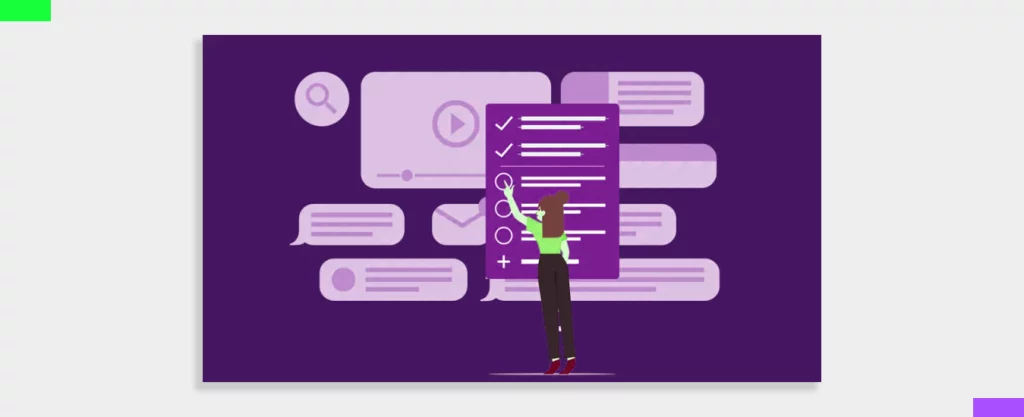
Design heuristics analysis is a powerful method, but you must find the best time and place to use it in your product design. UX agencies have myriad resources and tools, but not knowing when and where to use them will result in a negative ROI — and you may lose money. To effectively analyze design heuristics, what you can do is — create interfaces and products that better evaluate their usability. Check for feedback loops, system visibility, adaptation, error prevention, and aesthetic appeal.
The significance of heuristics as guiding principles for design validation is immaculate —
- It helps formulate compelling user experiences by improvising efficiency gains.
- Quick and cost-effective, it can be used early in design processes.
- With the correct heuristics measurement, you can provide a comprehensive usability status of the product’s interface
- It can be used with other usability testing methods to examine potential issues further.
4. By Design Validation through Analytics Benchmarking
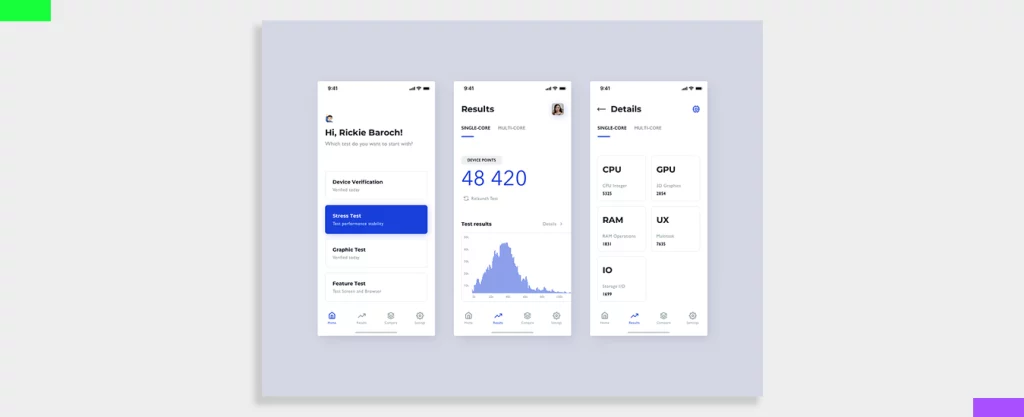
Analytics benchmarking offers insights into how well your product performs in comparison to competing goods. You can track analytics to determine which features are effective and which ones want improvement, such as page views per session, time spent on the site, and conversion rates. Using this data, you may decide what upgrades or modifications your product or website design needs to make to perform better than the competition.
There are many benefits to working with a UX consultancy that offers benchmarking services to compare the success of designs to industry norms:
- Expertise: Qualified designers are aware of all the steps that must be taken to ensure the success of your project; they are familiar with all facets of user-centered design concepts and can successfully analyze user behavior patterns using analytics tools like heatmaps. Additionally, they have access to tools like research databases that give them a deeper understanding of current business trends relating to certain subjects and active projects.
- Efficiency: By allowing experienced individuals to handle duties, you can save time and money because they already know how to carry out some jobs swiftly and efficiently without needing to learn everything from scratch. By doing this, valuable resources that could otherwise be lost attempting to figure things out on your own are preserved.
- Cost Savings: Employing professional designers is frequently less expensive than attempting to accomplish work internally since businesses avoid paying staff for training on the most recent tools and methods needed to complete projects efficiently.
5. By Optimizing Design Versions with A/B Testing
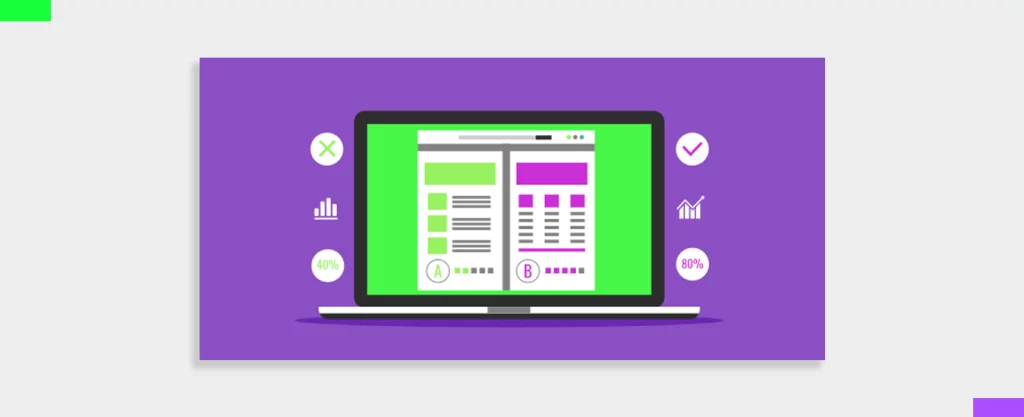
A/B testing compares the performance of two different iterations of a website, software program, or other digital asset. This technique identifies what appeals to your audience the most so you can design experiences that are unique to them.

An experienced UX agency knows that knowing the customer’s needs is essential when developing products and services. To analyze user behavior on their websites and apps, they employ qualitative research techniques like surveys and interviews as well as data-driven insights like Google Analytics. By applying these insights and usability test data, they can create hypotheses on how altering design elements like colors, font sizes, styles, graphics, and page videos could enhance the design. After determining these improvements, they will test both versions simultaneously to determine which offers the greatest user benefits based on data like conversion rates, site time, etc.
How to Find the Right Agency Stakeholder for Design Validation?
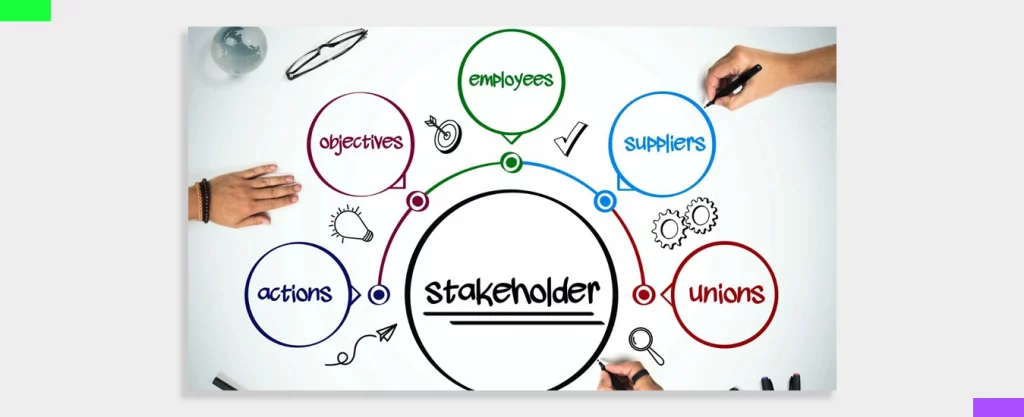
Design validation is crucial to product development. It assures safe, trustworthy, and effective products that suit client needs. To achieve design validation, a knowledgeable agency stakeholder is needed. We’ve covered how to find the suitable agency stakeholder for design validation below:
Step 1: Determine Needs
First, determine what agency stakeholder expertise you require. They need experience with certain norms or standards? What technology or procedures must be understood? Knowing what abilities you need helps you swiftly limit down candidates.
Step 2: Search Candidates:
Once you know what kind of an agency you want, start researching stakeholders who suit that description. Examine their qualifications, historical projects and client reviews of their work quality and performance. This investigation should show if this candidate has the design validation knowledge needed.
Step 3: Choose the right agency:
After shortlisting agencies, ask them questions to learn more about each other before making a selection. During these encounters, ask questions about their awareness of applicable rules, technology employed, etc., to assess if they have all the capabilities your brand or industry needs. Select them as your validation process design partner once satisfied.
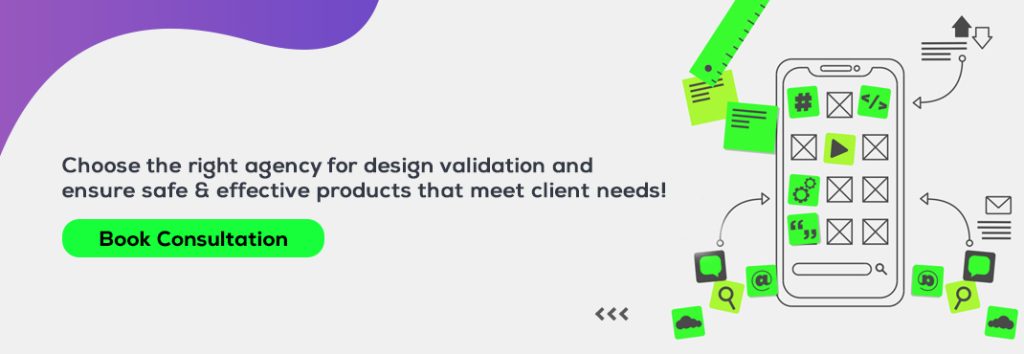
Conclusion
Finding the right agency stakeholder for design validation requires careful consideration. However, following certain steps like identifying needs, researching potential candidates, and interviewing them helps ensure that only qualified professionals are selected. Experts who understand all aspects associated with designing validations, thus ensuring success rates increase significantly.
FAQs on Design Validation and Verification
Q1: What is design validation?
Design validation is process in which the product’s UX design is reviewed & examined with very careful details with regard to business needs, objectives & goals also fulfilling user’s expectations. Main purpose of design validation is to make sure that UX design of the product meets the needs or relevance of the user and produces a productive and effective user experience.
Q2: What is design verification?
Design verification is a process of ensuring that a design adheres to established standards & specifications. It verifies the correctness & accuracy of the design implementation.
Q3: How do design validation and verification work together?
Verification & validation of designs work best together! Verification makes sure that the design is correctly implemented while validation concentrates on the needs & experiences of user. Together they produce technically sound & user centered designs.
